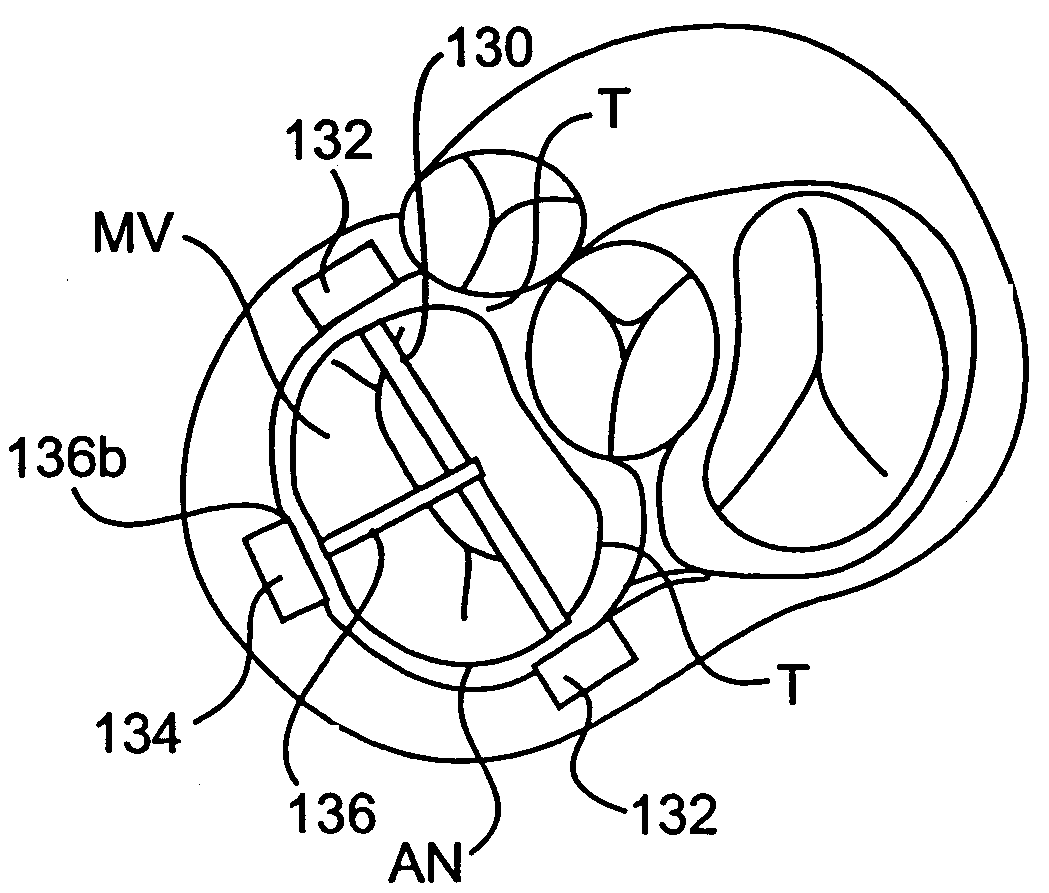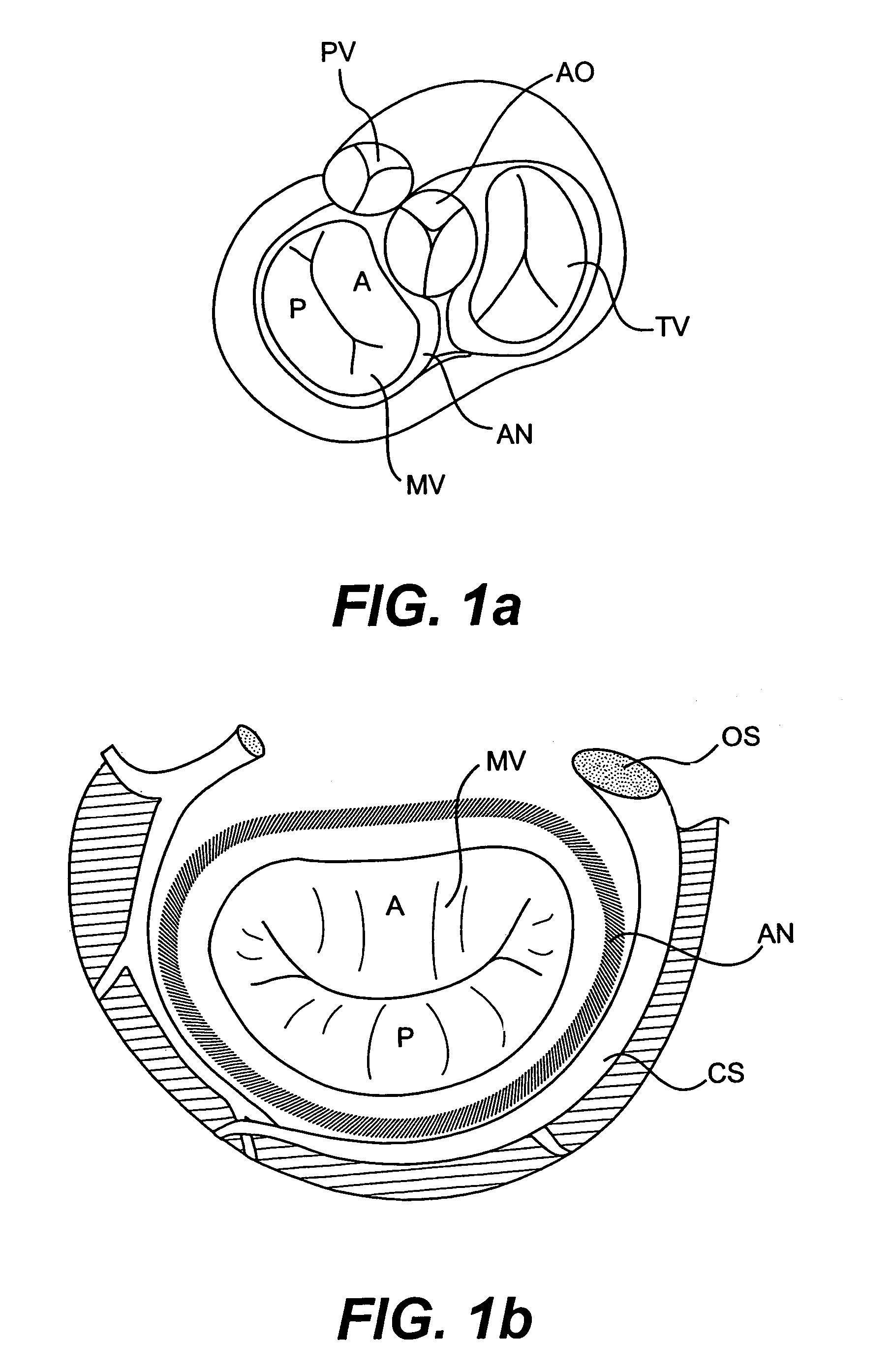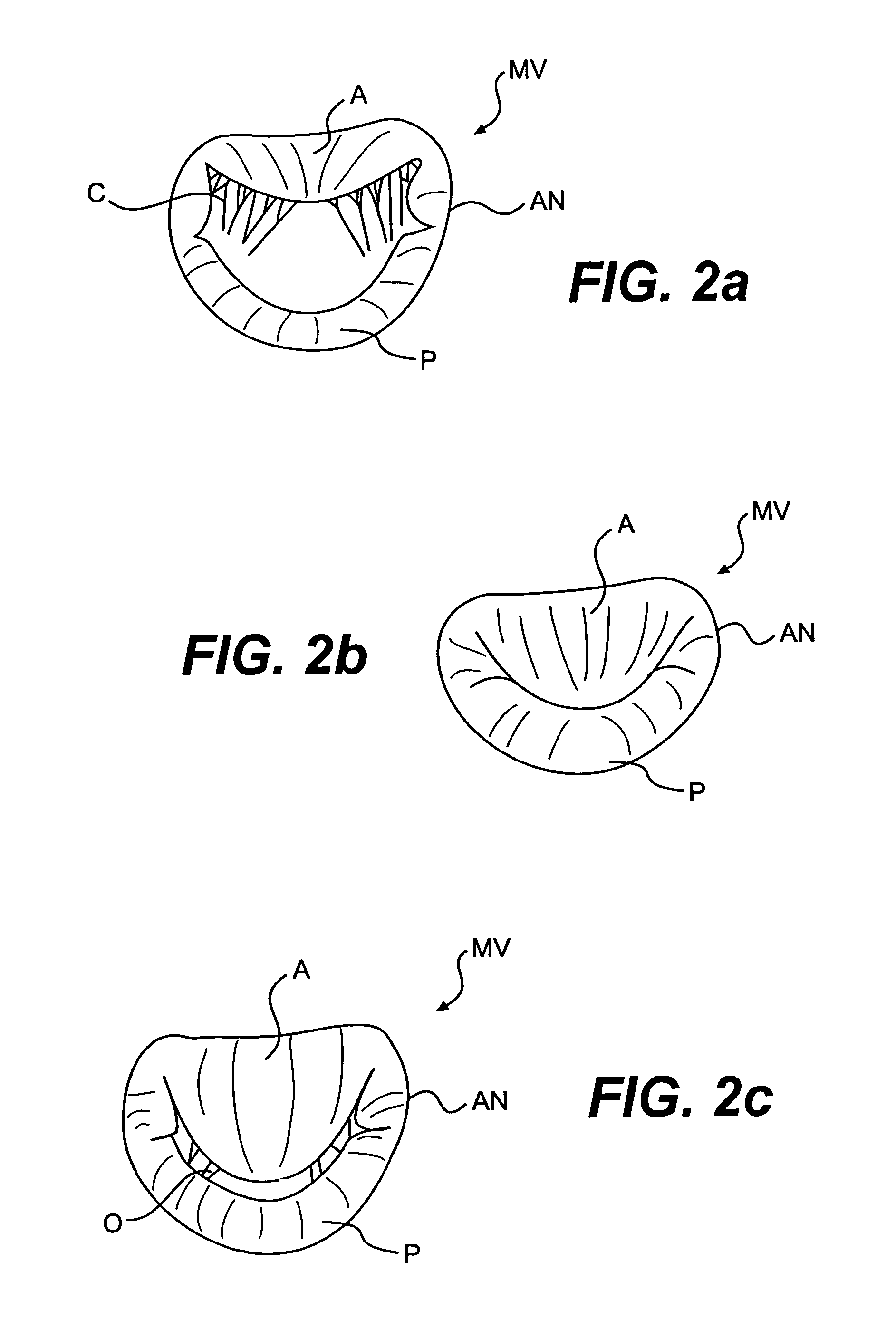Devices and methods for heart valve treatment
a heart valve and treatment device technology, applied in the field of heart valve treatment devices and methods, can solve the problems of valve insufficiency, poor coaptation of valve leaflets, valve insufficiency, etc., and achieve the effect of restricting blood flow through the valve and preventing leakag
- Summary
- Abstract
- Description
- Claims
- Application Information
AI Technical Summary
Benefits of technology
Problems solved by technology
Method used
Image
Examples
Embodiment Construction
[0106]Certain aspects of the invention that will be discussed herein generally pertain to devices and methods for treating valve insufficiency arising from heart conditions, including, for example, ventricle dilatation, valve incompetencies, congenital defects, and other conditions. The various devices to be described may operate passively in that, once implanted in the heart, they do not require an active stimulus, either mechanical, electrical, or otherwise, to function. Implanting one or more of the devices of the present invention may assist in closing a valve to prevent regurgitation by, for example, assisting in the proper coaptation of the heart valve leaflets, either against one another or independently against another surface. Assisting this coaptation may be accomplished by directly geometrically altering the shape of the dysfunctional mitral valve annulus, by repositioning one or both of the papillary muscles to a more normal state, and / or by otherwise facilitating annula...
PUM
 Login to View More
Login to View More Abstract
Description
Claims
Application Information
 Login to View More
Login to View More - R&D
- Intellectual Property
- Life Sciences
- Materials
- Tech Scout
- Unparalleled Data Quality
- Higher Quality Content
- 60% Fewer Hallucinations
Browse by: Latest US Patents, China's latest patents, Technical Efficacy Thesaurus, Application Domain, Technology Topic, Popular Technical Reports.
© 2025 PatSnap. All rights reserved.Legal|Privacy policy|Modern Slavery Act Transparency Statement|Sitemap|About US| Contact US: help@patsnap.com



